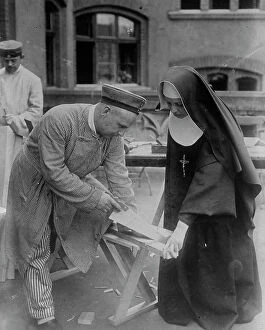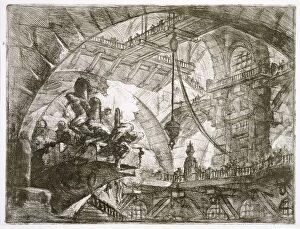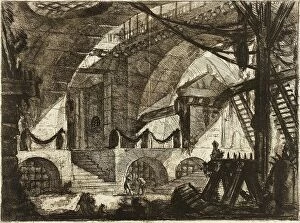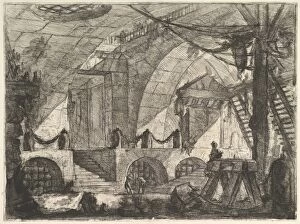Sawhorse Collection
The Sawhorse: A Timeless Tool's Evolving Imagery from 18th-Century Imaginary Prisons to Boston Woodcutters The Sawhorse, a simple yet essential tool for woodworking
For sale as Licensed Images
Choose your image, Select your licence and Download the media
The Sawhorse: A Timeless Tool's Evolving Imagery from 18th-Century Imaginary Prisons to Boston Woodcutters The Sawhorse, a simple yet essential tool for woodworking, has captured the imagination of artists and artisans for centuries. Originally depicted in engravings and etchings, such as Anne-Claude-Philippe Caylus's "Wood Cutter" (1742) and Giovanni Battista Piranesi's "The Sawhorse" (1749-1750, 1750-1758, and 1780s), these works showcased the sawhorse as an integral part of the woodworking process. In Piranesi's "Carceri d'Invenzione," or "Imaginary Prisons," the sawhorse took on a more ominous role, appearing as a prison prop in these fantastical and intricate etchings. The tool's transformation from a functional object to a symbol of confinement highlights the power of artistic interpretation. Fast forward to the early 1900s, and the sawhorse reemerges in a more mundane yet authentic context in a Boston woodcut, "Men Sawing and Chopping Wood on Chardon Street." This image captures the raw, physical labor involved in woodworking, reminding us of the sawhorse's humble yet essential role in the craft. Throughout history, the sawhorse has remained a constant presence in woodworking, inspiring artists and artisans alike with its versatility and enduring appeal.









